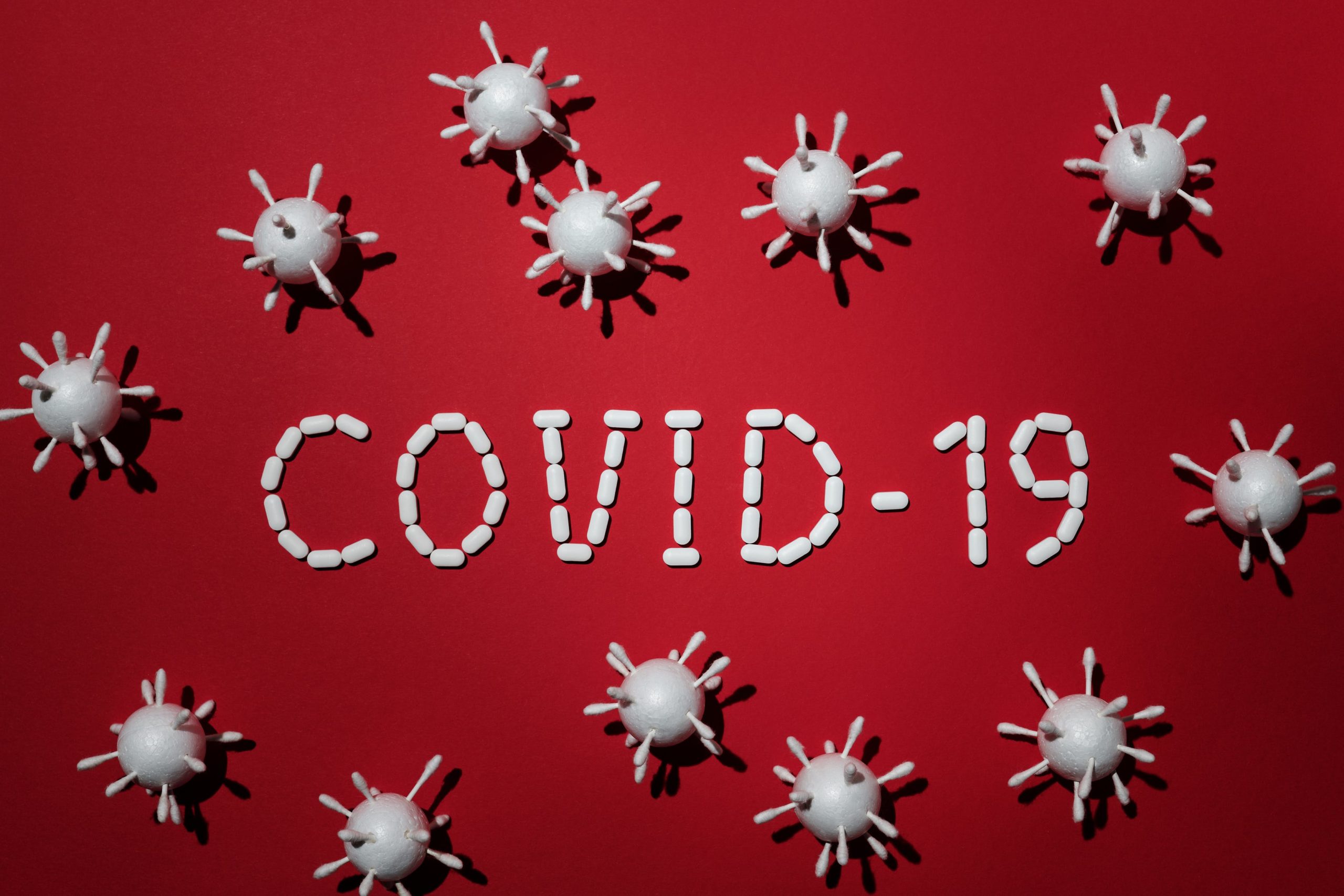News
New Study Suggests Microclots May Hold the Key to Understanding Long COVID

A major step forward in understanding a lingering mystery
South African researchers have made another promising breakthrough in the ongoing fight to understand long COVID. In a study led by Professor Resia Pretorius of Stellenbosch University and Dr Alain Thierry of the Montpellier Cancer Institute, scientists have identified a strong connection between two key biological culprits: microclots and neutrophil extracellular traps (NETs).
This new discovery provides the clearest picture yet of what might be happening inside the bodies of people who continue to experience fatigue, brain fog, and circulation issues long after recovering from COVID-19.
Inside the science: what’s happening in the blood
Microclots are tiny clusters of proteins that can block the smallest blood vessels, restricting oxygen flow and damaging tissues. Professor Pretorius and her team were the first to identify these unusual clots back in 2021, changing how scientists viewed the long-term impact of COVID-19.
NETs, on the other hand, are part of the body’s defence system. When the immune system detects an invader, these web-like structures form to trap harmful pathogens. But too many NETs can become a problem. Instead of protecting the body, they can trigger inflammation and damage healthy tissue, something now seen in long COVID patients.
By examining blood samples using advanced imaging flow cytometry and fluorescence microscopy, the researchers compared long COVID patients with healthy participants. Their findings were striking: long COVID patients appeared to have more microclots, larger in size, and with signs of possible structural links to NETs.
This study suggests a potential structural relationship between the two, which could be a first step in understanding how they interact.
How AI helped unlock new answers
In an innovative move, the researchers also turned to artificial intelligence and machine learning to analyse the data. The researchers used AI tools to help distinguish between the blood profiles of long COVID patients and healthy individuals, showing early promise for future diagnostic methods. This kind of precision could pave the way for new diagnostic tests and, eventually, targeted treatments.
Dr Thierry described the finding as a potential turning point, saying the evidence shows how these two biological systems interact in a way that can become harmful if not properly regulated.
What it means for patients
Professor Pretorius emphasised that excessive NET activity might be helping microclots survive longer in the bloodstream, making them resistant to the body’s natural processes that usually break down clots. This prolonged presence may help explain some of the persistent symptoms experienced by people with long COVID.
The implications of this research go beyond theory. It opens the door for new treatments aimed at managing these clots and controlling inflammation, potentially offering relief for millions who still feel the aftereffects of the virus years later.
As long COVID continues to affect lives globally, this discovery offers new insight and hope for further research. By linking immune system activity to microvascular damage, the study brings scientists one step closer to finding practical solutions for those who have yet to fully recover.
Also read: The Broken Promise: South Africa’s R10bn ECD Failure and the Children Left Behind
Follow Joburg ETC on Facebook, Twitter, TikT
For more News in Johannesburg, visit joburgetc.com
Source: IOL
Featured Image: Garden Route District Municipality

























